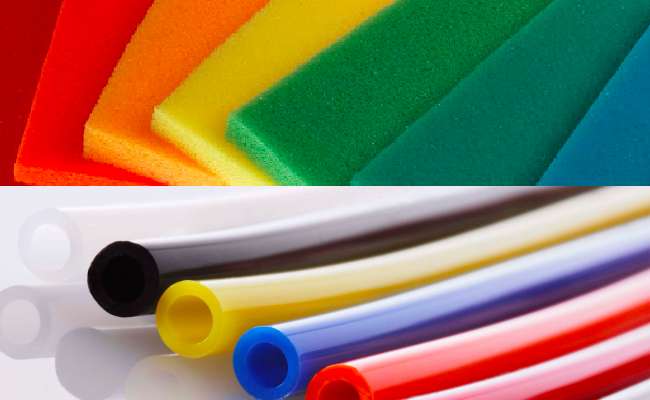- Call: +1 850 633 2663

There is no polyurethane monomer leading to polyurethane polymers. This is in contrast to a polymer like polyethylene which is derived from the polymerization of ethylene monomer and results in a homopolymer of linear or branched structure. Polyurethane polymers result from the addition reactions of isocyanate molecules of different types reacting with active hydrogen functional molecules or polymers that result in phase separated, block copolymers. The size, the shape and the intermolecular interactions of the isocyanates and the polyols used to make polyurethanes affects how phase separated segments will order themselves and how they will move in relation to each other, which will dictate the physical properties of that polyurethane polymer. This training is designed to provide an overview of how the selection of isocyanate structure and reactivity combined with the proper selection of polyols allows the polyurethane formulator to design and tailor the physical properties of polyurethanes for specific applications.
This training will discuss why it is important to consider molecular structure when designing and developing polyurethane polymers for specific applications and how physical properties can be tailored by the correct molecular design. Consideration of how isocyanate symmetry affects reactivity, rigid domain ordering and hydrogen bonding within the polyurethane will be discussed. In addition, the types of polyols available and how these polyols affect the molecular architecture of the polyurethane will be discussed.
This training is highly recommended for scientists, product development specialists and managers who are interested in better understanding of how polyurethanes can be better designed to meet specific performance requirements.
4 reviews